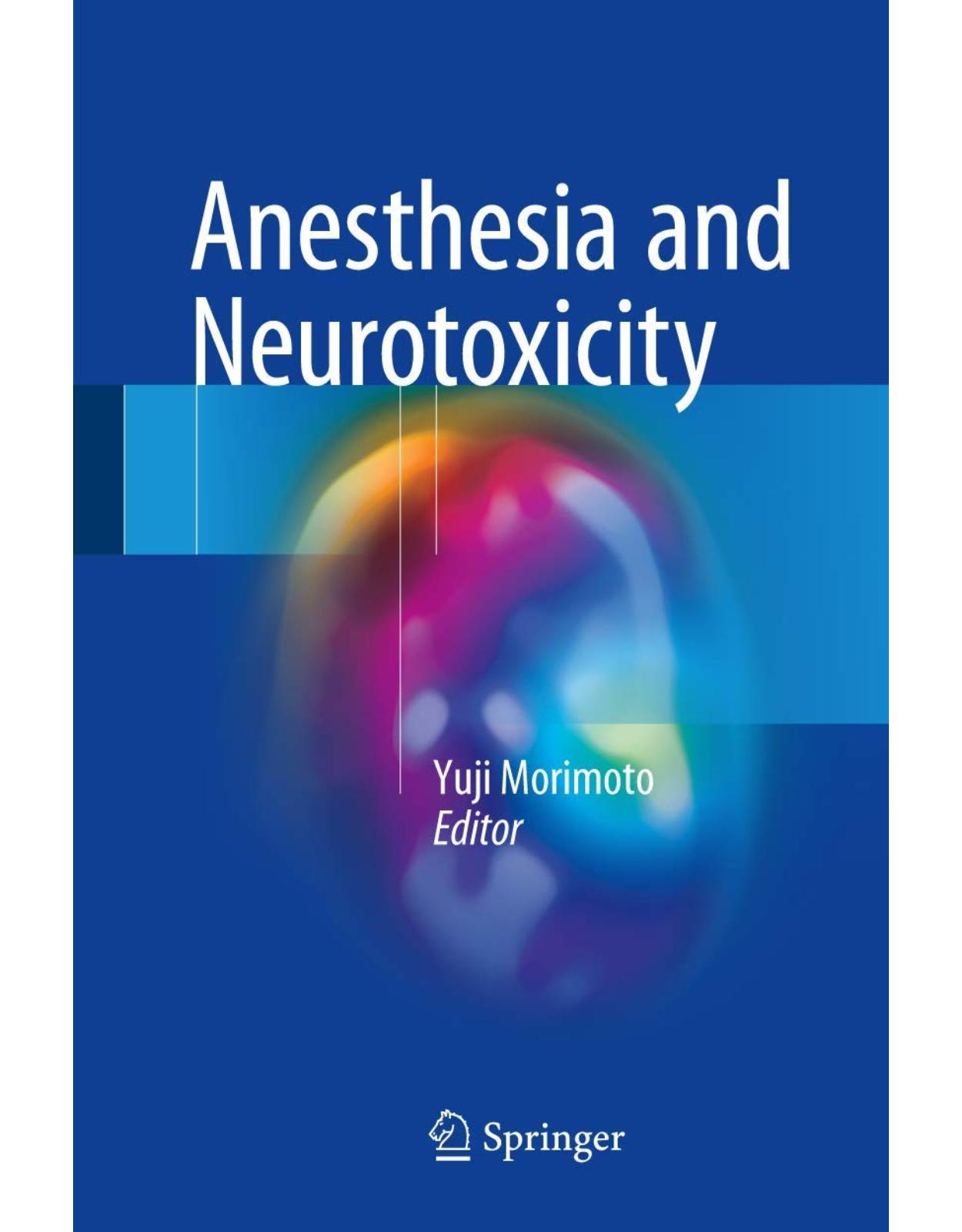
Anesthesia and Neurotoxicity
Livrare gratis la comenzi peste 500 RON. Pentru celelalte comenzi livrarea este 20 RON.
Disponibilitate: La comanda in aproximativ 4 saptamani
Autor: Yuji Morimoto
Editura: Springer
Limba: Engleza
Nr. pagini: 175
Coperta: Hardcover
Dimensiuni: 16.74 x 1.63 x 24.31 cm
An aparitie: 15 Jun. 2017
Description:
This book, written by leading Japanese experts in the field, describes the latest findings on the neurotoxicity of anesthetics for the developing brain, postoperative delirium and cognitive dysfunction. It describes the risk factors for postoperative cognitive dysfunction in elderly surgical patients. Since the number of elderly patients undergoing surgery and anesthesia continues to increase, it is important to improve our understanding of the risks and mechanisms of postoperative delirium and cognitive dysfunction, potential ways to prevent or alleviate them and the public health implications. Recently, it has been shown that using anesthetics on the developing brain causes apoptotic neurodegeneration and persistent learning/memory deficits later in life. Anesthesiologists need more information on this mechanism in the human brain. The negative effects of anesthesia and surgery on the nervous system have attracted attention lately; this book provides physicians, researchers, and postdocs with invaluable information on this topic.
Table of Contents:
Part I: Neurotoxicity of the Anesthetics for Developing Brain
Chapter 1: Laboratory Findings: To What Degree Can We Extrapolate the Animal Data to the Bedsid
1.1 History and the Present Situation
1.2 Mechanism
1.2.1 Apoptosis
1.2.2 Abnormalities of Neural Transmission
1.2.3 Other Mechanisms
1.2.3.1 Mitochondrial Injury
1.2.3.2 Contribution of Brain-Derived Neurotrophic Factor (BDNF) (Fig. 1.3)
1.2.3.3 Granule Cell Ectopia
1.3 Problems in Animal Studies
1.3.1 Respiratory Depression by Anesthetics
1.3.2 Effect of Concurrent Noxious Stimulation
1.3.3 Anesthetic Time
1.3.4 Difference of the Period of Brain Growth Spurt
1.4 Conclusions
References
Chapter 2: Clinical Findings Including Prevention and Treatment
2.1 Introduction
2.2 Retrospective Studies
2.2.1 Retrospective Studies Without Sibling or Twin Control
2.2.1.1 Population-Based Cohort Study in Minnesota, USA
2.2.1.2 Population-Based Cohort Study in New York, USA
2.2.1.3 Population-Based Cohort Study in Western Australia
2.2.1.4 Hospital-Based Cohort Study at the Academic Pediatric Hospital of the University Medical
2.2.1.5 Nationwide Cohort Study in Denmark
2.2.1.6 Nationwide Cohort Study in Taiwan
2.2.1.7 Hospital-Based Cohort Study at the University of California San Francisco, USA
2.2.1.8 Nationwide Cohort Study in Sweden
2.2.2 Retrospective Studies with Sibling or Twin Control
2.2.2.1 Nationwide Twin Cohort Study in the Netherlands
2.2.2.2 Population-Based Sibling Cohort Study in New York, USA
2.2.2.3 Population-Based Sibling Case-Control Study in Puerto Rico
2.2.3 Limitation of Retrospective Studies
2.2.3.1 Characteristics of Anesthetics Used
2.2.3.2 Lack of Standardization in Outcome Measures
2.2.3.3 Other Confounding Factors
2.2.4 Meta-Analysis
2.2.4.1 Meta-Analysis of Retrospective Studies
2.3 Prospective Studies
2.3.1 Semi-prospective Studies
2.3.1.1 The PANDA (Pediatric Anesthesia Neurodevelopment Assessment) Study
2.3.1.2 The MASK (Mayo Anesthesia Safety in Kids) Study
2.3.2 Prospective Randomized Study
2.3.2.1 The GAS (General Anesthesia and Spinal) Study
2.3.3 Limitations of Prospective and Randomized Studies
2.4 Prevention and Treatment
2.4.1 Change in Anesthesia Practice?
2.4.2 Dexmedetomidine-Based Anesthesia
References
Chapter 3: Implications for Pediatric Anesthesia
3.1 Introduction
3.2 Brain Development and Apoptosis
3.2.1 Neurodevelopment
3.2.2 Apoptosis
3.3 Anesthesia-Related Neurotoxicity Research
3.3.1 Rodent Studies
3.3.2 Primate Studies
3.3.3 Human Studies
3.3.4 Ongoing Clinical Studies
3.4 Conclusion
References
Part II: Postoperative Delirium and Cognitive Dysfunction
Chapter 4: Present Clinical Status of Postoperative Delirium (POD)
4.1 The Presence of Delirium in Postoperative Patients
4.2 The Difference Between Dementia and Delirium
4.3 Risk of and Precipitating Factors for POD
4.4 Pathophysiology of POD
4.5 Clinical Characteristics of POD
4.5.1 Characteristics of Delirium Described in the Diagnostic and Statistical Manual Fifth Editi
4.5.2 Three Types of Postoperative Delirium
4.5.3 Hyperactive Delirium
4.5.4 Hypoactive Delirium
4.5.5 Disruption of the Sleep-Wake Cycle
4.6 Clinical Consequences of POD
References
Chapter 5: Present Clinical Status of Postoperative Cognitive Dysfunction in Cardiovascular Surger
5.1 Introduction
5.2 Evaluation of POCD
5.3 Development of POCD in ONCAB
5.3.1 Risk Factors
5.3.2 Anesthetics
5.3.3 Development of POCD and CPB Management
5.3.4 Drug Administration During ONCAB and Its Effect on POCD
5.4 Development of POCD in ONCAB and OPCAB
5.5 Types of Treatment for Coronary Artery Disease and Change in Cognitive Function
5.6 Comparison of POCD Between ONCAB and Noncardiac Surgery
5.7 Valvular Surgery and POCD
5.8 Major Vascular Surgery and POCD
5.9 Near-Infrared Spectroscopy Monitoring and POCD
5.10 Conclusion
References
Chapter 6: Present Clinical Status of Postoperative Cognitive Dysfunction Following Noncardiac Surg
6.1 Introduction
6.2 Epidemiology of POCD After Noncardiac Surgery
6.3 Present Clinical Status of POCD
6.4 Differential Diagnosis of POCD (Table 6.2)
6.5 Putative Mechanisms of POCD After Noncardiac Surgery
6.6 Risk Factors and Screening Tools of POCD
6.7 Conclusion
References
Chapter 7: Diagnosis of POD and POCD
7.1 Postoperative Delirium (POD)
7.1.1 Definition of Delirium
7.1.2 Diagnosis of Delirium
7.1.3 Diagnosis of POD
7.1.4 Differential Diagnosis for POD
7.1.5 Risk Factors for POD
7.2 Postoperative Cognitive Dysfunction (POCD)
7.2.1 Symptoms of POCD
7.2.2 Diagnosis of POCD
7.2.3 Neuropsychological Tests
7.2.3.1 Rey Auditory Verbal Learning Test for Verbal Memory
7.2.3.2 Trail-Making A and Trail-Making B for Attention and Concentration
7.2.3.3 Grooved Pegboard Test for Motor Skills
7.2.3.4 Other Tests
7.2.4 Evaluation of the Neuropsychological Test Scores
7.2.5 Timing of Examinations
7.2.6 Risk Factors of POCD
Appendix 1. Definition of Delirium by DSM-5 [1]
Appendix 2. The Confusion Assessment Method for the Intensive Care Unit (CAM-ICU) [5] (Reprinted
Appendix 3. Richmond Agitation Sedation Scale (RASS) [6]
Appendix 4. An Example of CAM-ICU Flow Sheet [7] (Reprinted with permission)
Appendix 5. Intensive Care Delirium Screening Checklist (ICDSC) [8] (With permission of Springer)
References
Chapter 8: Prevention and Treatment of Postoperative Delirium and Postoperative Cognitive Dysfunc
8.1 Postoperative Delirium
8.1.1 Incidence
8.1.2 Predictors
8.1.3 Mechanism [7]
8.1.4 Anesthetics
8.1.5 Prevention
8.1.5.1 Nondrug Therapy
8.1.5.2 Drug Therapy [16] (Table 8.3)
8.1.6 Treatment
8.2 Postoperative Cognitive Dysfunction
8.2.1 Incidence
8.2.2 Predictors
8.2.3 Mechanism
8.2.4 Anesthetics
8.2.5 Prevention and Treatment
References
Chapter 9: Mechanisms of POD and POCD: Effects of Anesthetics
9.1 The Pathogenesis Underlying Delirium
9.1.1 Neurophysiology
9.1.1.1 Ascending Arousal System
9.1.1.2 Ascending Arousal System Including Cholinergic Pathways
9.1.1.3 Ascending Arousal System Including the Monoaminergic Pathways
9.1.1.4 Sleep-Promoting System
9.1.1.5 The Flip-Flop System and Orexin Neurons
9.1.2 Circadian Rhythms
9.1.3 Adenosine and Sleep Homeostasis
9.1.4 Melatonin
9.2 The Pathogenesis Underlying POCD
9.2.1 Effects in Neonates
9.2.1.1 The Effects of Caspases on POCD
9.2.1.2 The Effect of NKCC1/KCC2 on POCD
9.2.2 Effects in Adults
9.2.2.1 The Effects of AMPA Receptors on POCD
9.2.2.2 The Effect of GABAA Receptors on POCD
9.2.3 Effects in the Elderly
9.2.3.1 The Effect of Anesthetics on the Synthesis of Amyloid Beta
References
Chapter 10: Mechanism of POD and POCD - Effect of Other Than Anesthetics
10.1 Introduction
10.2 Risk Factors for POCD
10.3 Mechanism Responsible for POCD
10.3.1 Aging Impact on Blood-Brain Barrier
10.3.2 The Aging Process Appears to Serve as a “Priming” Stimulus for Microglia, and upon S
10.3.3 Acetylcholine Can Inhibit Release of the Proinflammatory Cytokines and Vagus Nerve Stimulati
10.3.4 Noradrenergic Pathways Appear to Affect the Motility and Morphology of Microglia During
10.3.5 The Concept of “Microglial Aging”
10.3.6 Impaired Regulation of Microglia in the Aged Brain
10.4 Mitochondrial Dysfunction Effect on Neuronal Impairment
10.5 POCD Prevention
References
| An aparitie | 15 Jun. 2017 |
| Autor | Yuji Morimoto |
| Dimensiuni | 16.74 x 1.63 x 24.31 cm |
| Editura | Springer |
| Format | Hardcover |
| ISBN | 9784431556237 |
| Limba | Engleza |
| Nr pag | 175 |

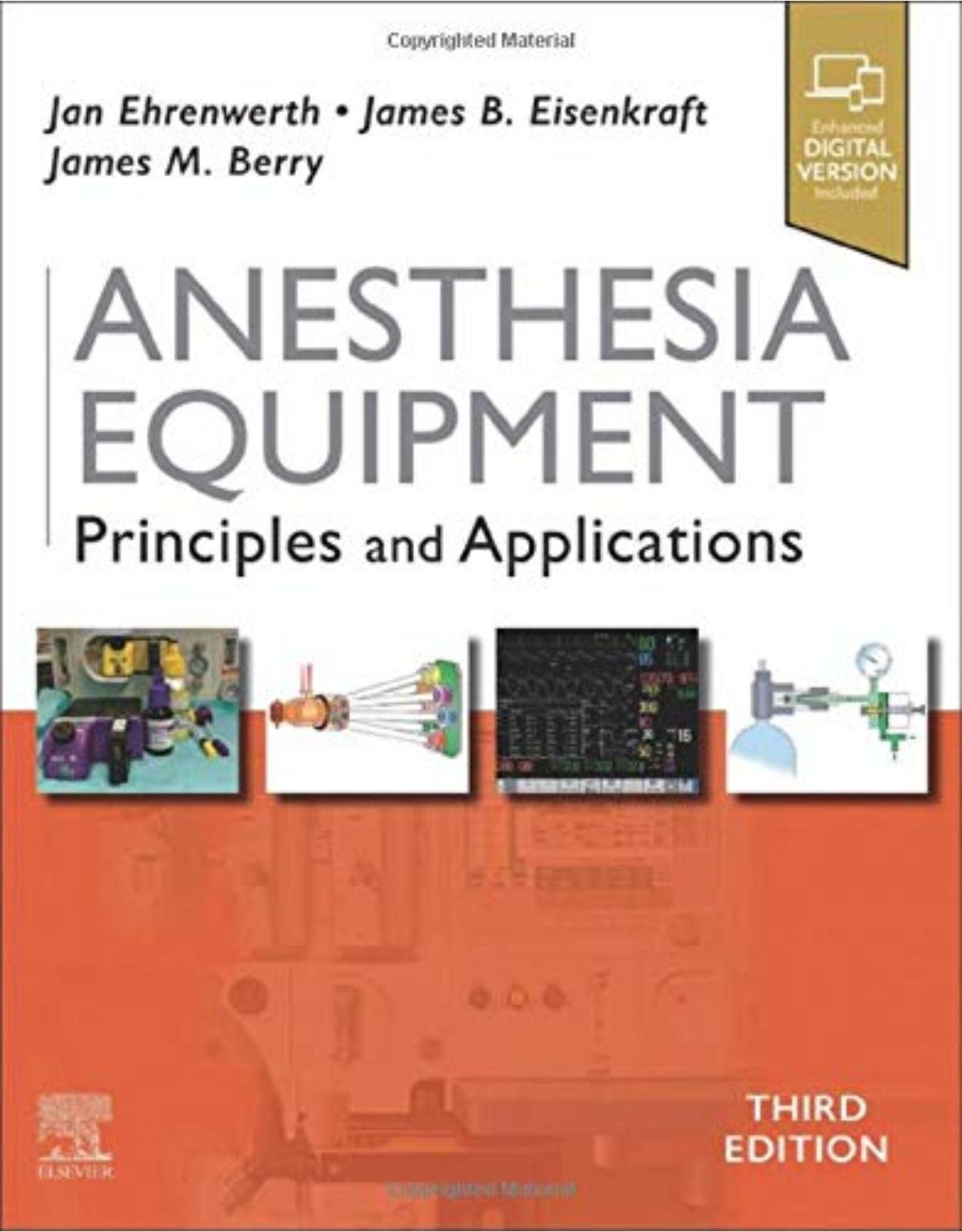
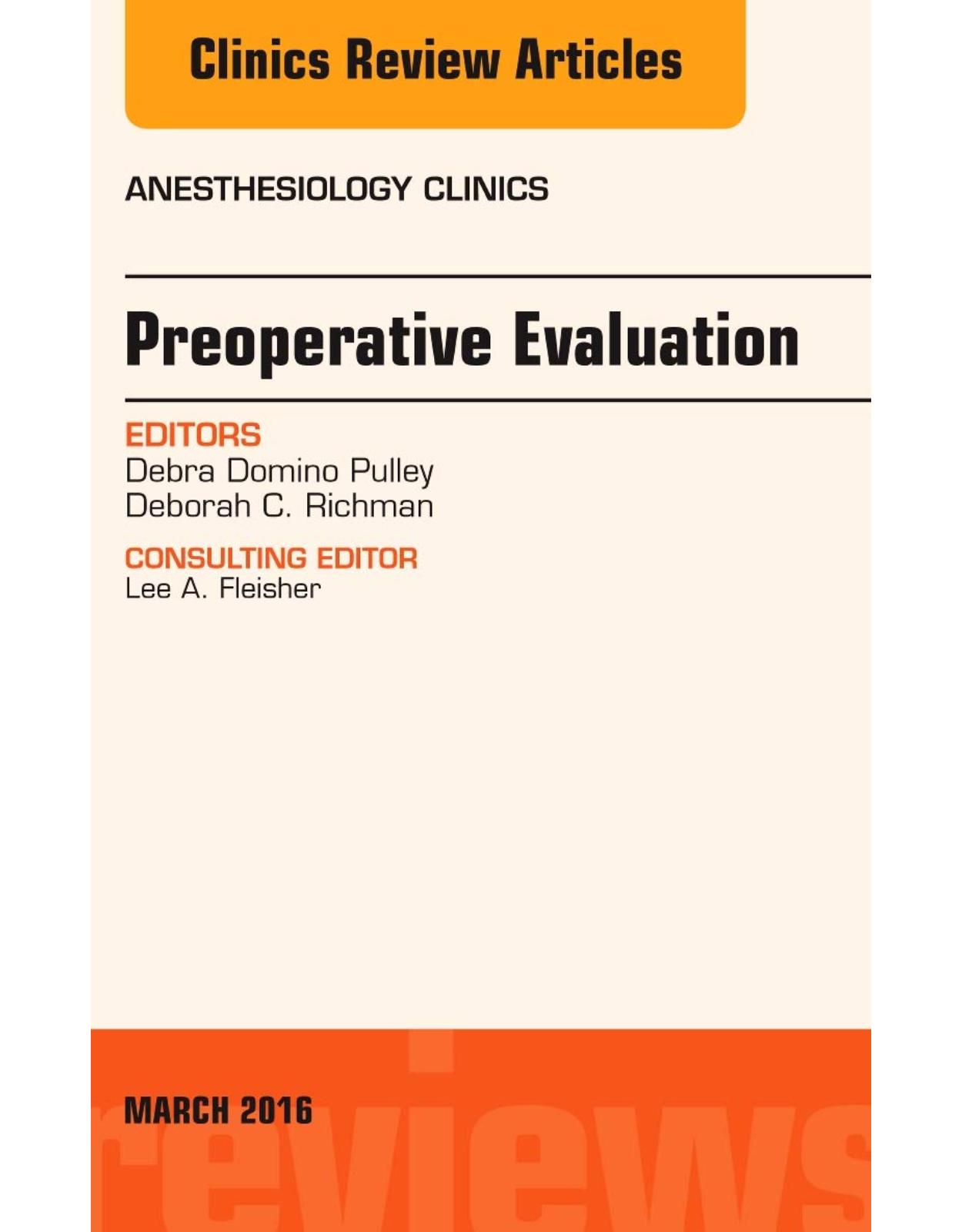
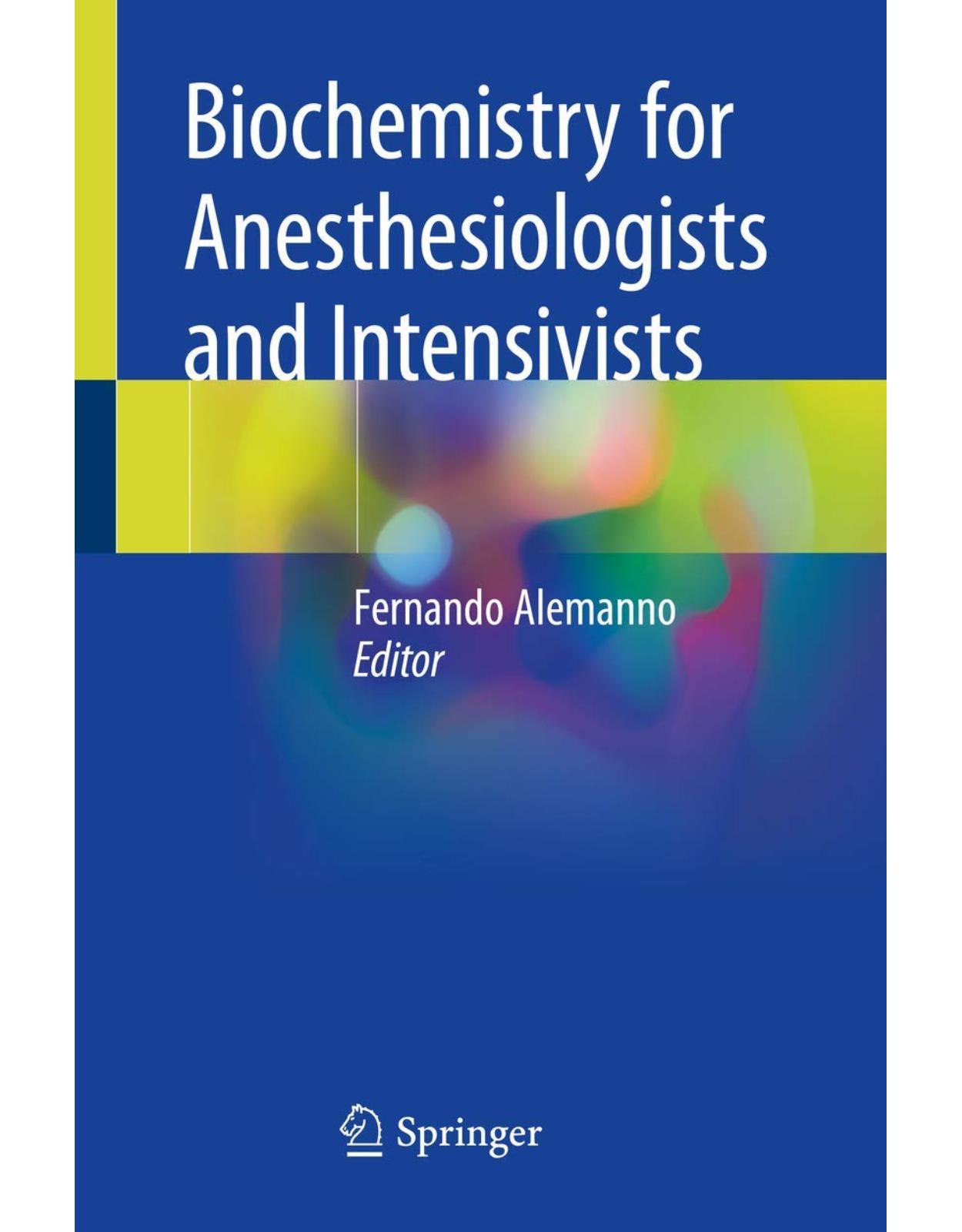
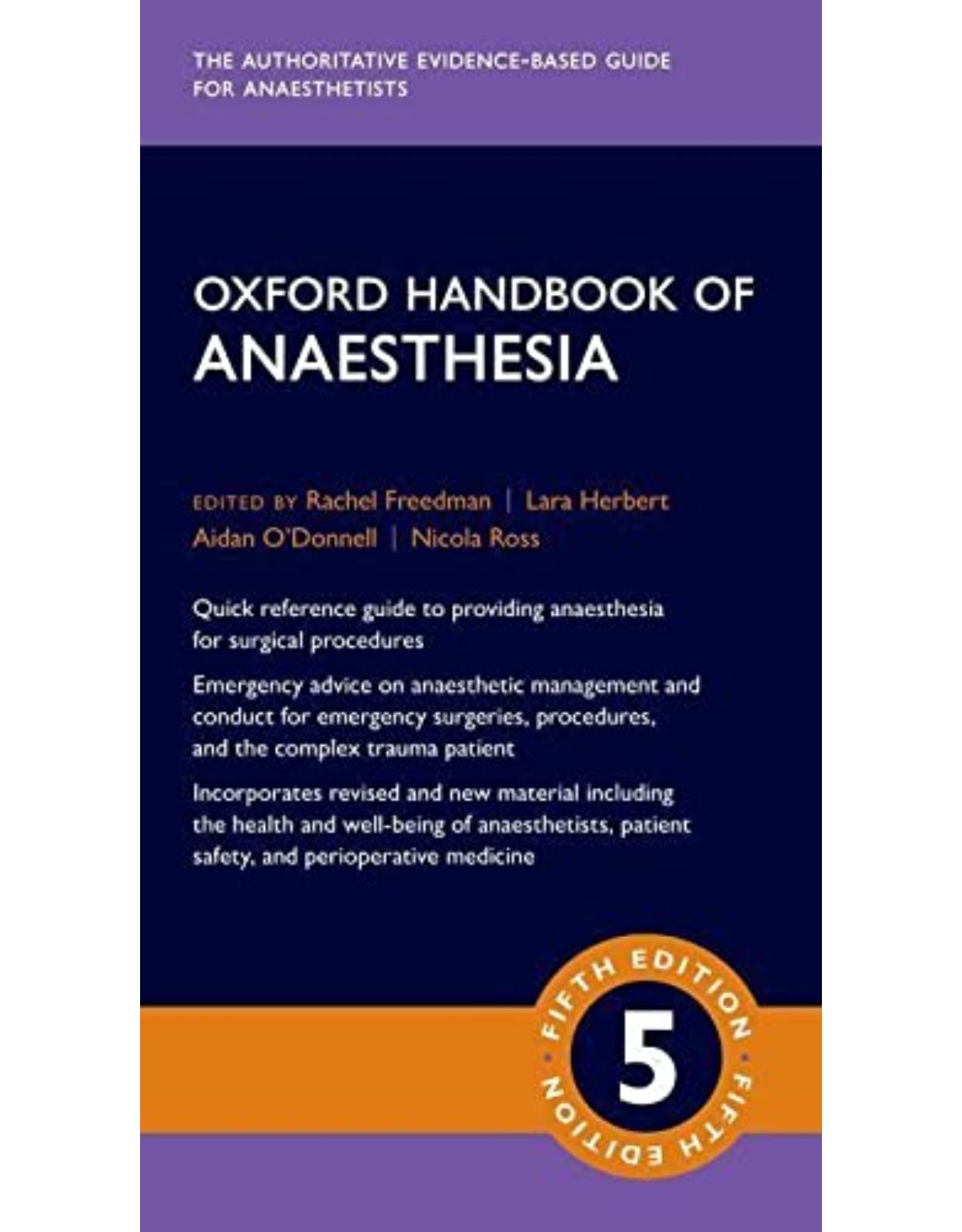
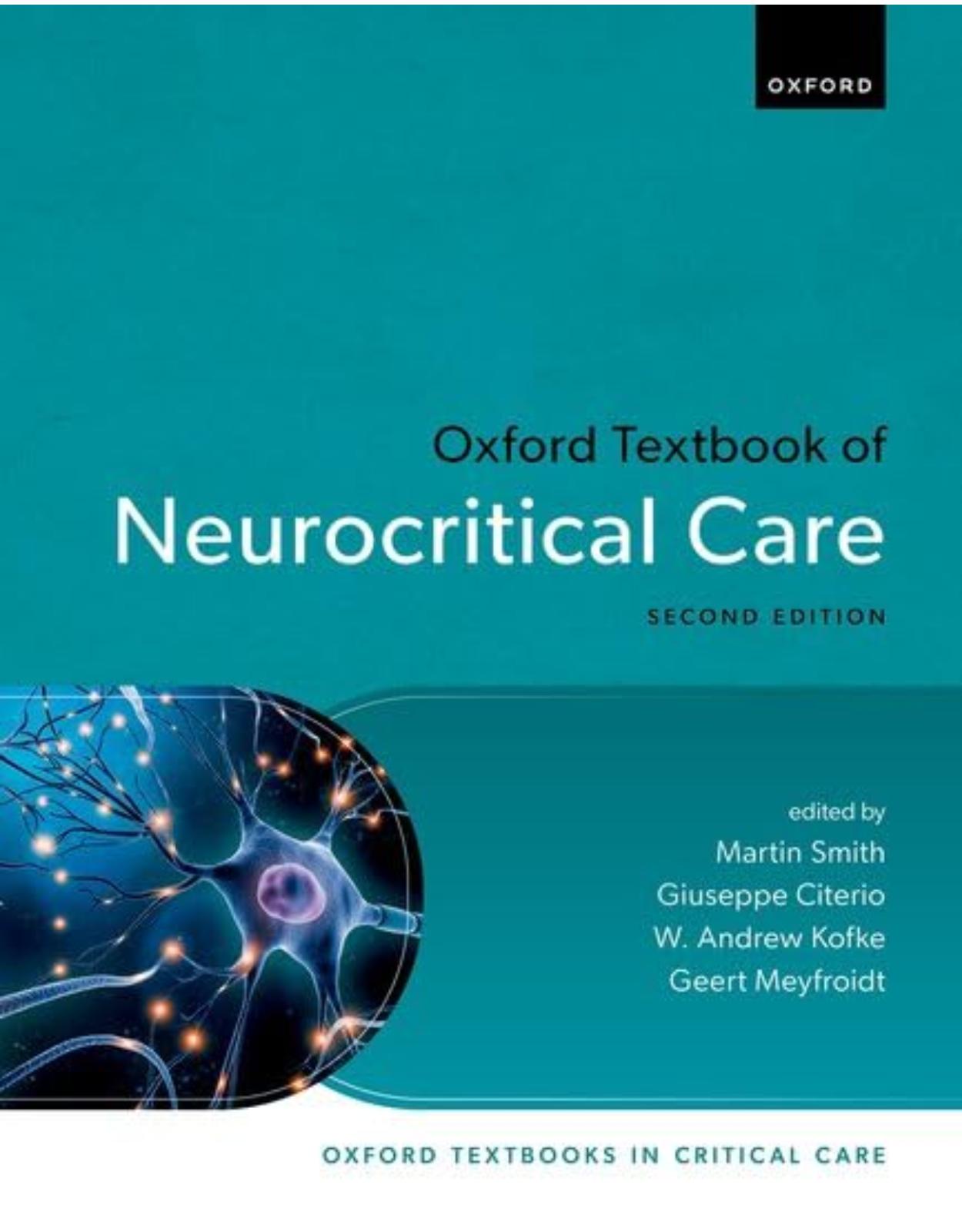
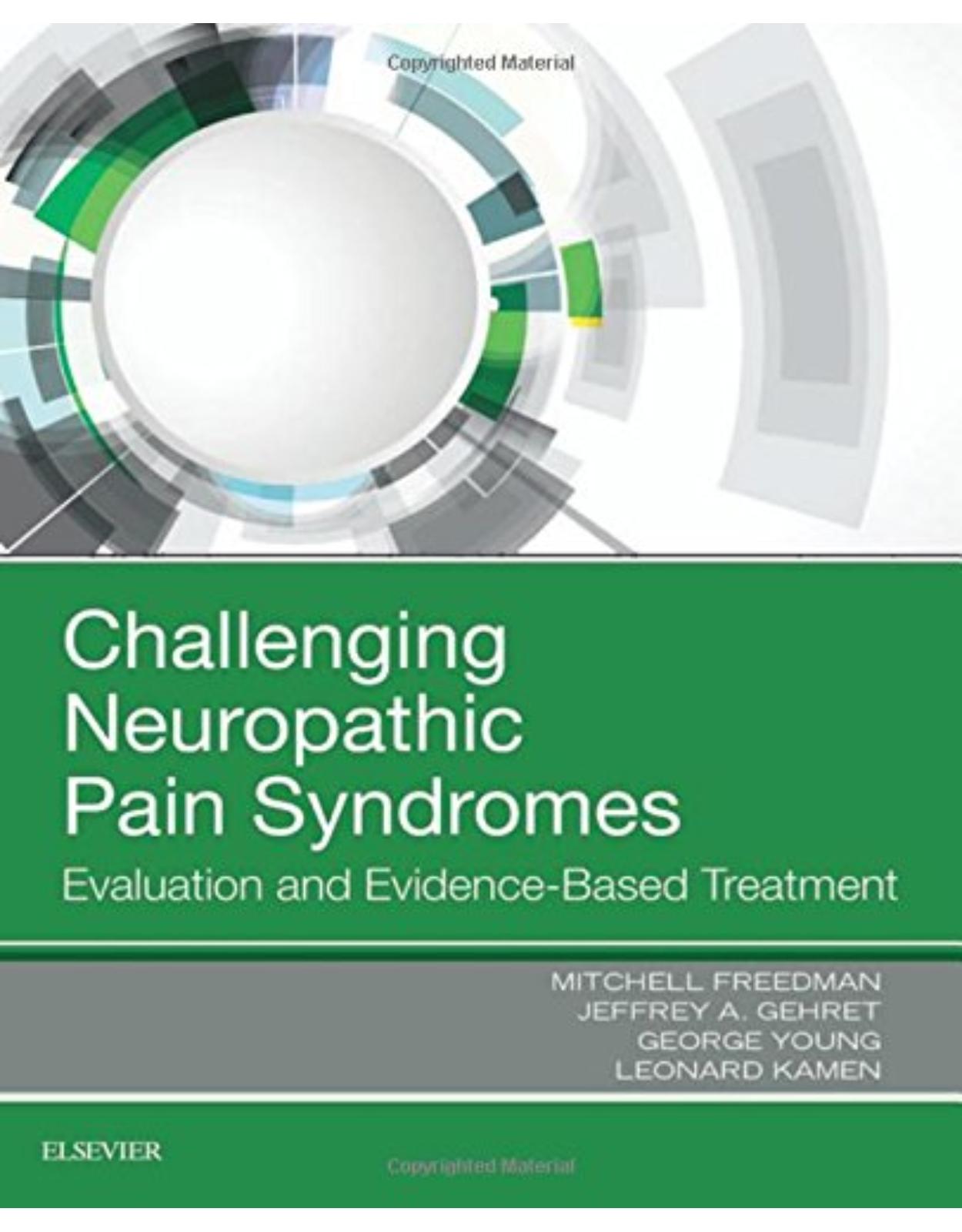
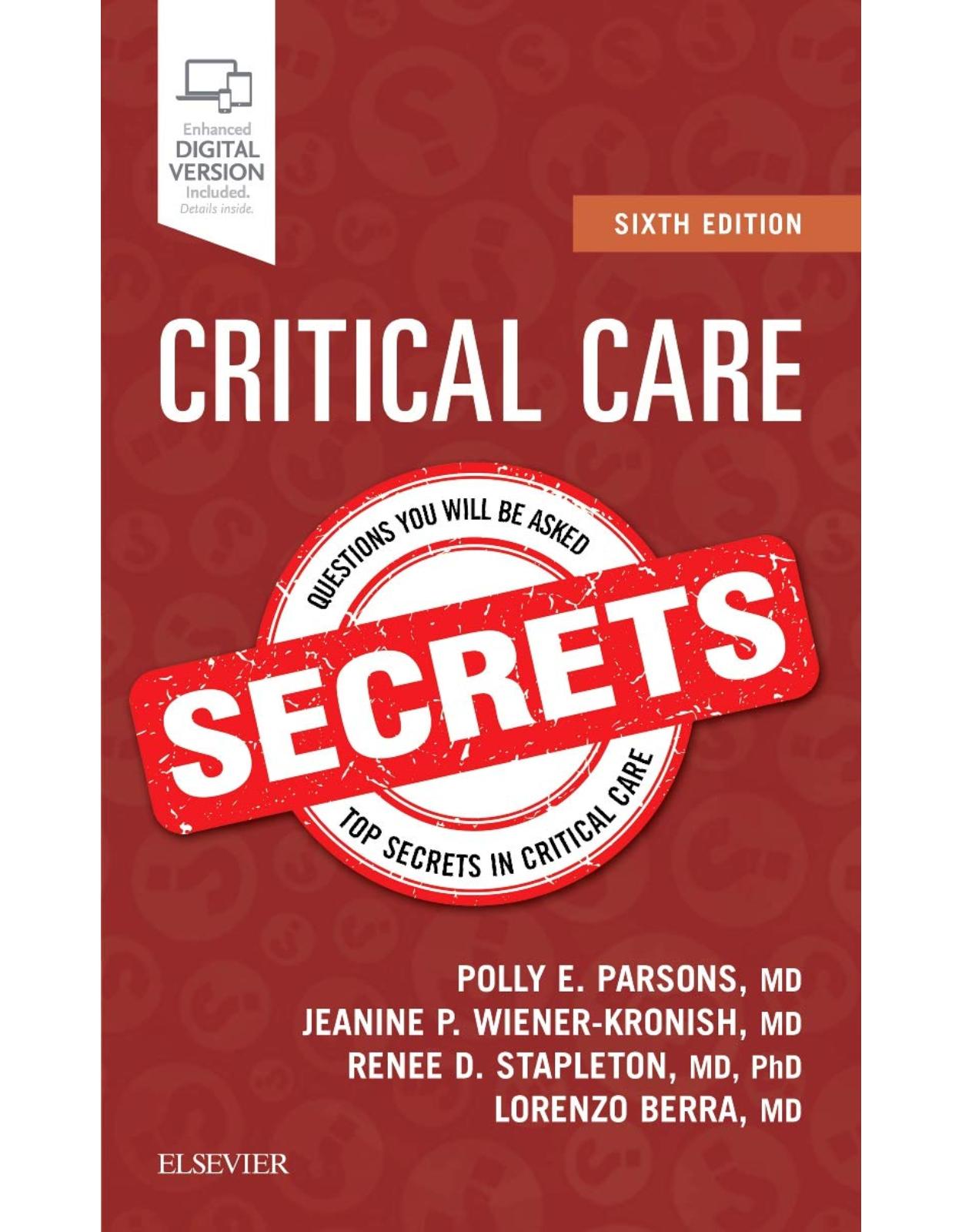
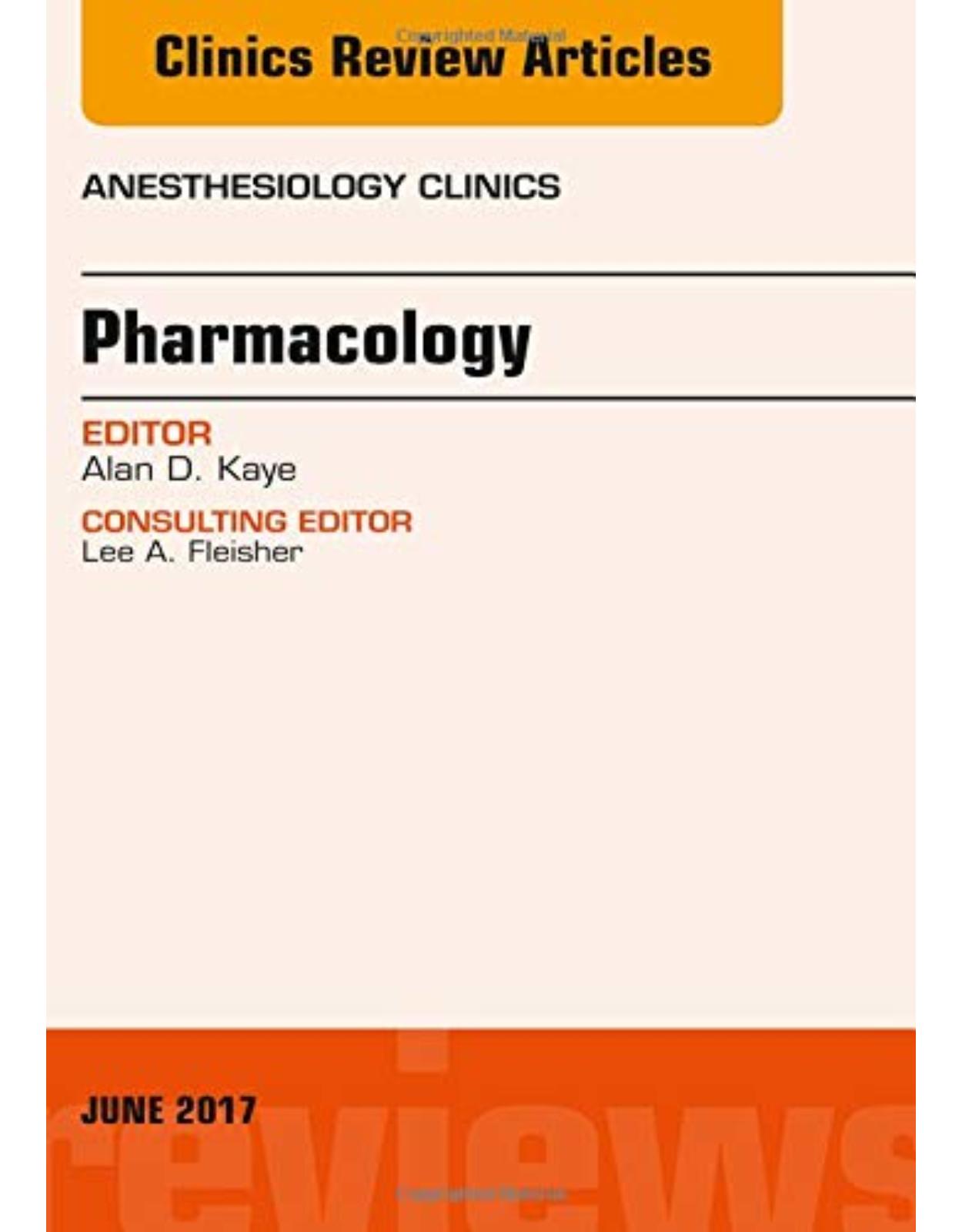
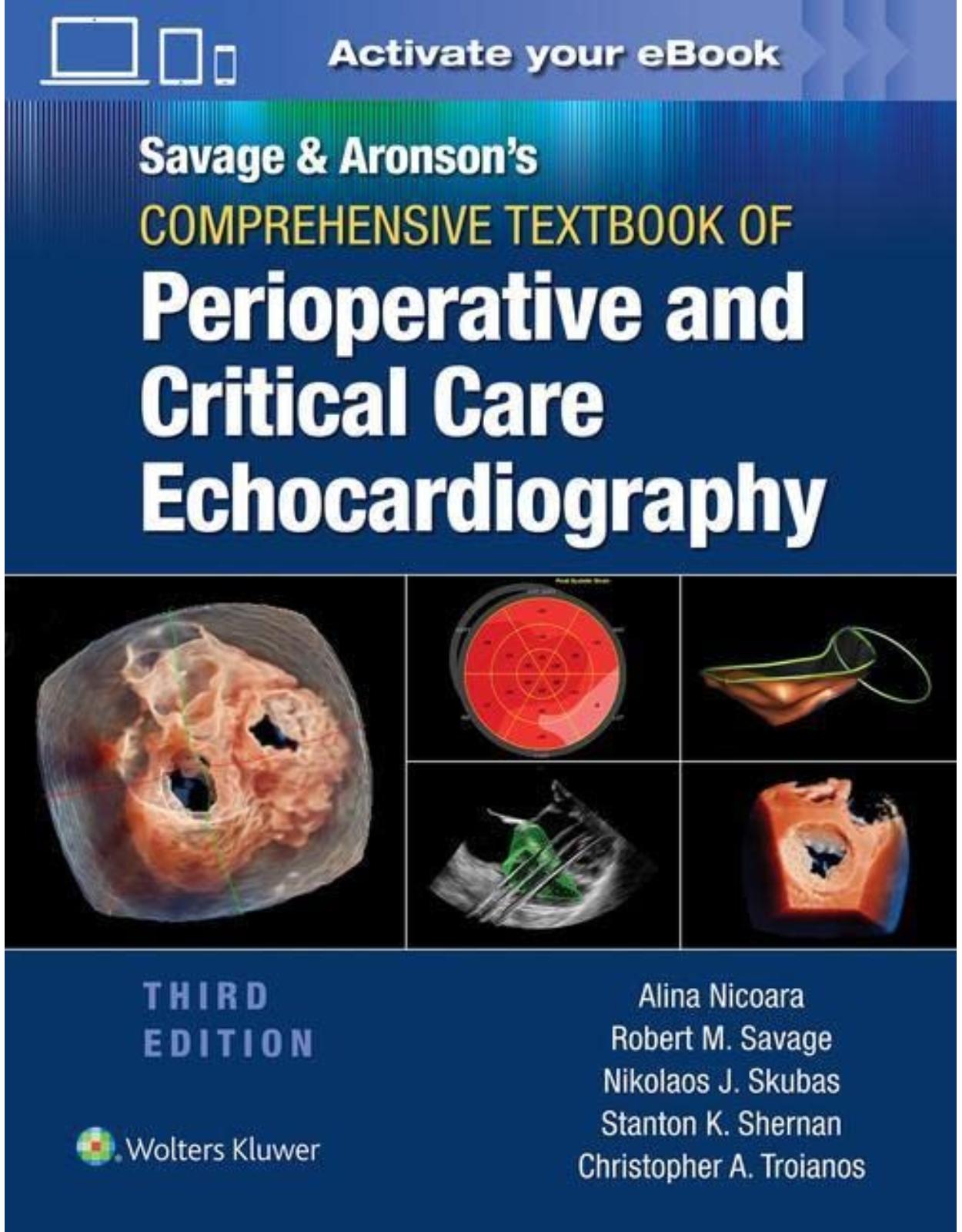
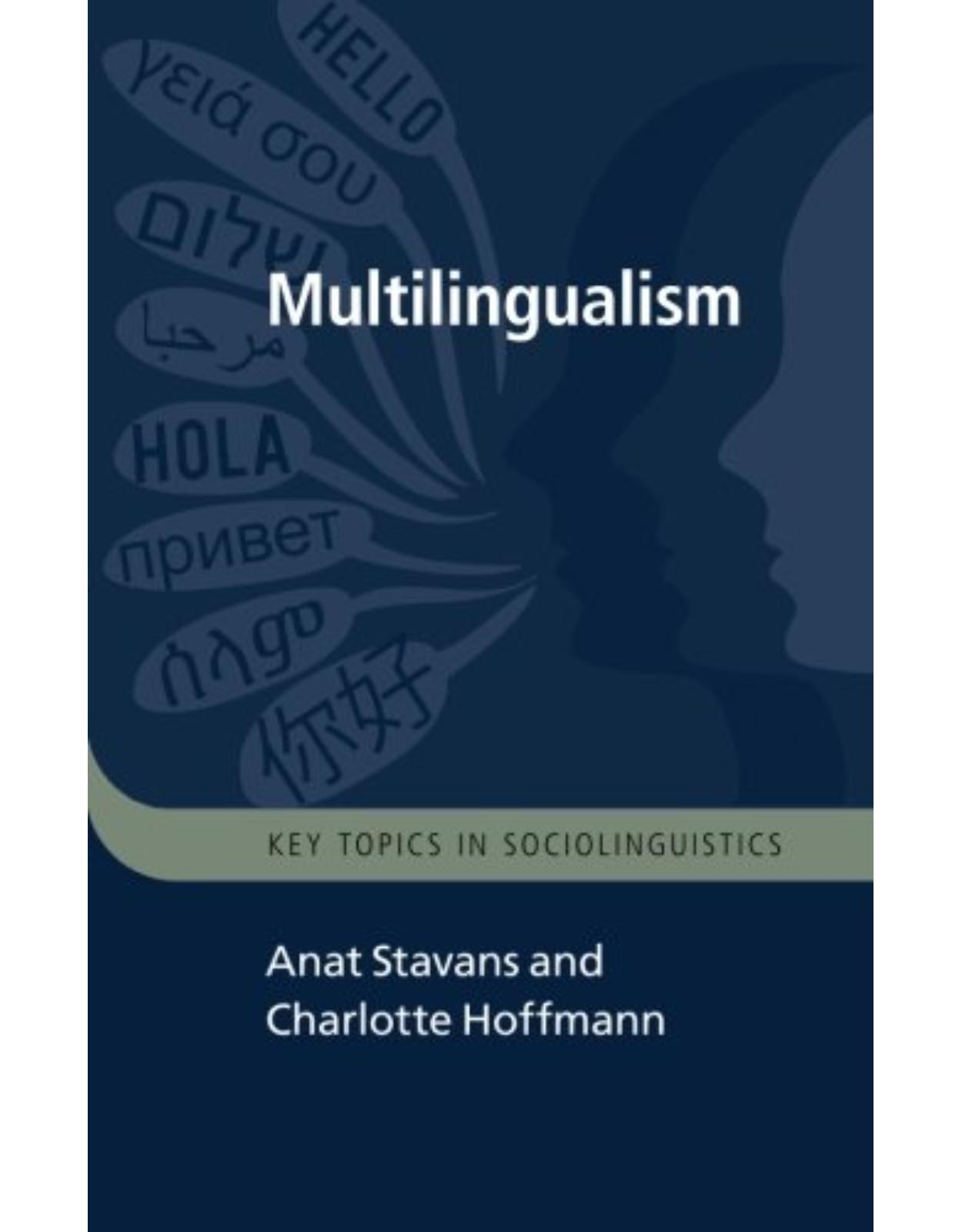
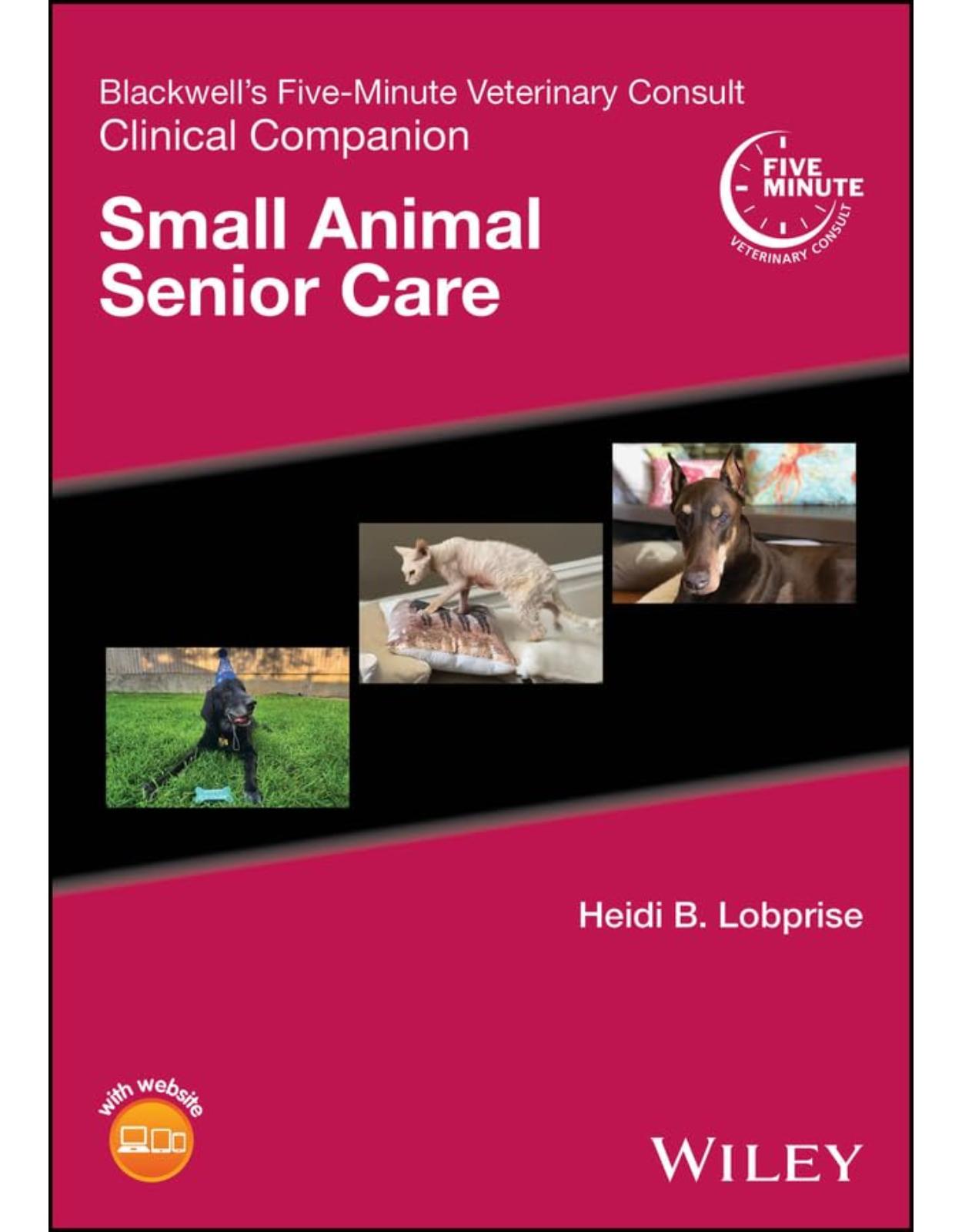
Clientii ebookshop.ro nu au adaugat inca opinii pentru acest produs. Fii primul care adauga o parere, folosind formularul de mai jos.